The base of the Cambrian is traditionally thought of as the point at which large, mineralised body fossils first appear in the geological record, giving us a much-improved record of the development of life up to the present day. However, the latest Neoproterozoic was not purely the domain of bacteria and algae – some rather more interesting and enigmatic fossils are patchily preserved. Namibia is a good place to find these Ediacara (sometimes referred to as the ‘Vendian fauna’). I came across a surprising number of them, given that I’ve come up empty in some of the most fossil-rich localities in the British Isles.
The highlight was probably this critter, Pteridinium:
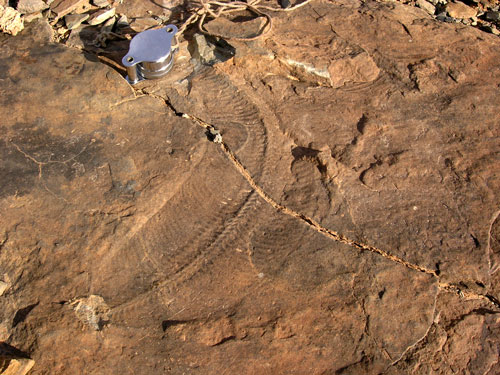
This is not a body fossil – nothing remains of the original animal, just the impression it left on the sediment. The level of detail is surprising given that it is found in relatively coarse-grained sandstone; it is thought that encrusting algal mats helped to stabilise the sediment surface and allowed the mould to survive burial. This ‘death-mask’ preservation is fairly unique to fossils of this age, because it is inhibited by algal grazing and bioturbation, both much more common after the beginning of the Cambrian.

Continue reading →
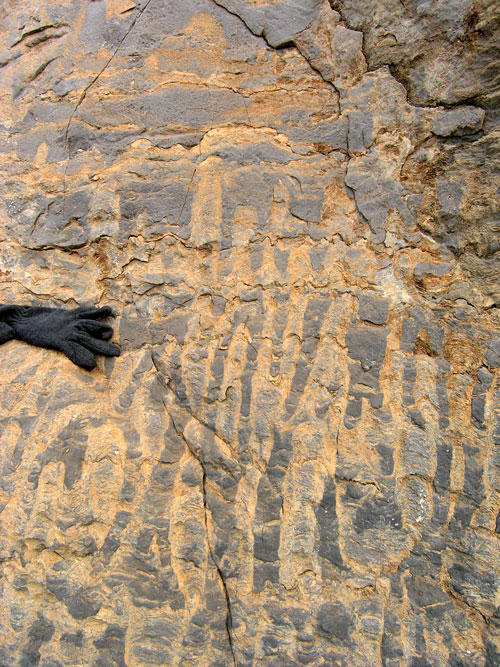
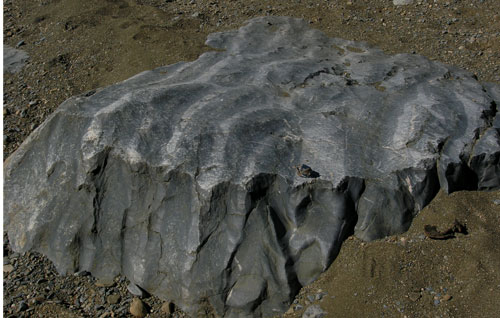




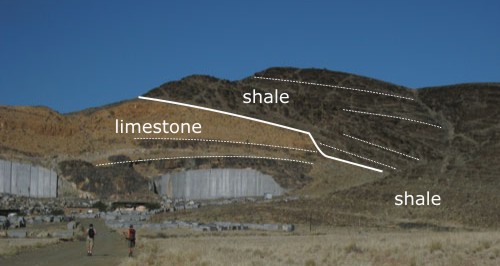
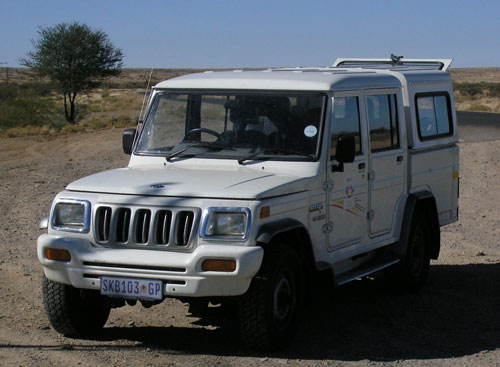


Nice plan for content warnings on Mastodon and the Fediverse. Now you need a Mastodon/Fediverse button on this blog.